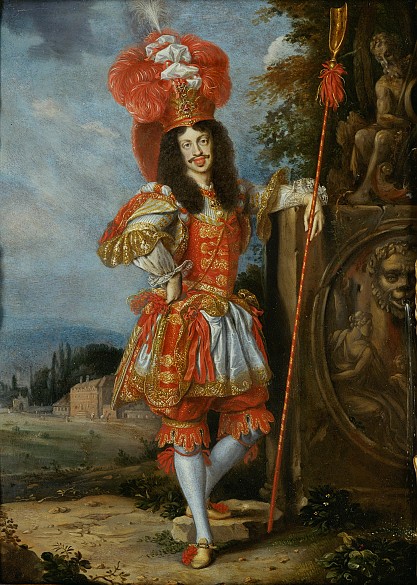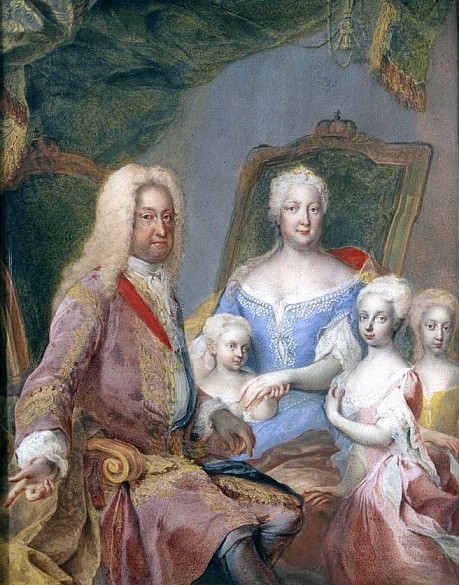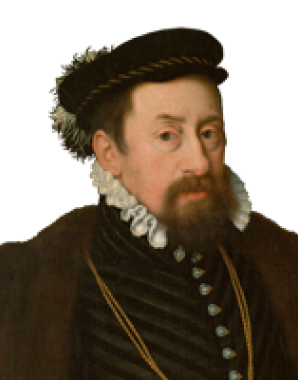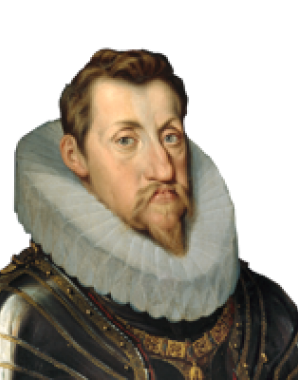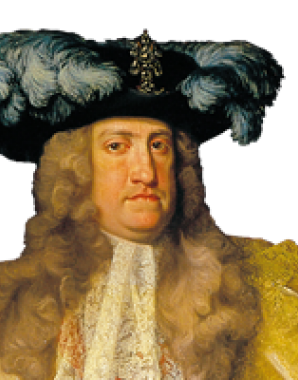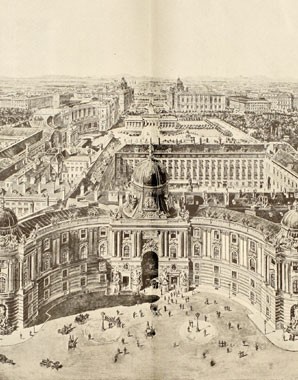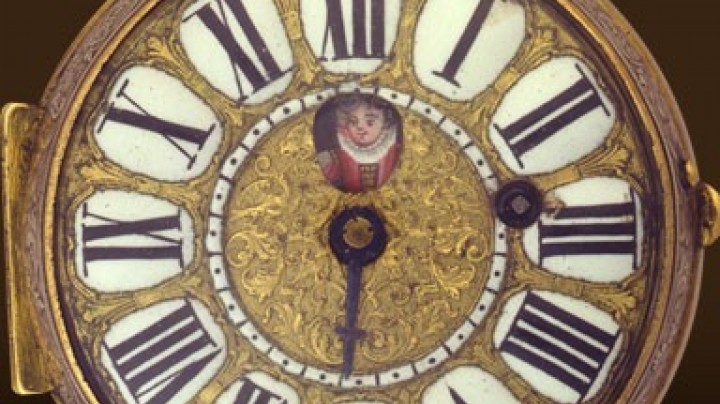An official post at last! The secularization of the Hofmusikkapelle
A woman in the orchestra! The Hofmusikkapelle is finally secularized and provides the musical accompaniment to the magnificent festivities of the Habsburg Court.
The Hofmusikkapelle employed a total of 41 to 45 full-time musicians, and including the director and singers it amounted to more than 100 individuals.Under Leopold I the group of instrumentalists in the Hofmusikkapelle grew to the size of an orchestra: it now consisted of
around ten violinists, four cellists, two bass fiddles, two theorbists (bass lutes required for continuo) two to three bassoonists, five or six trombonists, two, later six oboists, two horn players, a lutenist and four, later seven (musical) trumpeters; two organ-builders, two bellows-pumpers (calcants), a lute-maker and an orchestra assistant …
The Court did not have a Hofmusikkapelle again until the reign of Ferdinand I. In 1527 he issued a ‘Capell-Ordnung’, establishing a form of organisation that regulated musical activity at the Viennese Court until the end of the Monarchy. The Court musicians, headed by a Kapellmeister, were ranked after the clergy, who included the Court chaplain, the Court elemosinarius or almoner, who distributed alms to the poor and was responsible for ensuring that the ecclesiastical calendar was adhered to, and four or five other Court chaplains. The Court Payments Office started regular book-keeping under Ferdinand I, providing posterity with evidence of the Court musicians’ pensions and fees. The Hofkapelle employed between fifty and eighty musicians and supplied the music in the Court church, at Court festivities and at table; they also accompanied the ruler on his travels. Numerous musicians and Kapellmeister from the Netherlands became particularly influential at the Viennese Court.
The music ensemble grew during the Renaissance; Maximilian expanded the Kapelle, in particular the number of instrumentalists. And we even find a woman among the chamber musicians – an indication of the band’s ‘secularization’. From the reign of Ferdinand II, opera flowered at the imperial Court, becoming one of the main activities of the Hofmusikkapelle, which now came under increasing Italian influence. This demanded a reorganization of the personnel: a Court Laureate for librettos was engaged, as were opera singers, theatre engineers and costume designers, while the number of boy singers was reduced. The Hofkapellmeister was in charge of employing the musicians and organizing musical activities at Court. This function was later taken over by the Hoftheaterintendant (general manager and artistic director); in addition, the position of Court Composer was created.
From the beginning of the seventeenth century, the musicians of the Hofmusikkapelle had the status of court officials and were employed for life. These posts were much coveted. The number of musicians grew steadily until Johann Joseph Fux, Charles VI’s Court Composer, dismissed the majority of them and reorganized the orchestra. Charles VI was a regular member of the audience at performances of his ensemble and even conducted some himself. By the time of his death, the Court Music had developed into an enormously expensive enterprise with more than 120 musicians.



